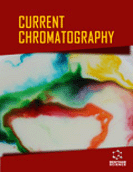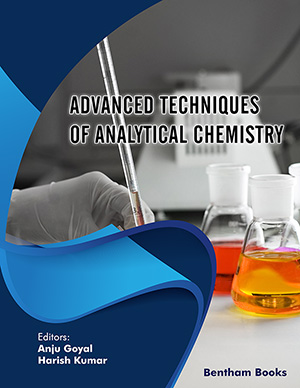Abstract
Aims: This study aimed to develop a high-performance liquid chromatography (HPLC) technique for estimating paracetamol glucuronide and paracetamol sulphate in the urine samples of preterm neonates.
Background: Validated methods exist for estimating the principal metabolites of paracetamol in older children and those with liver disease. Here, we have developed and validated a simple technique for estimating the same in urine samples of preterm neonates.
Objective: The study aims to develop and validate a simple, reliable, and accurate HPLC technique for estimating urinary paracetamol glucuronide and paracetamol sulphate metabolites.
Methods: Preterm neonates of either sex diagnosed with patent ductus arteriosus (PDA) receiving paracetamol intravenously at the dose of 15 mg/kg every six hours were recruited. We ran the samples under standardized chromatographic conditions and using various dilutions of the calibration standards. Measures of assay selectivity, linearity, accuracy, and precision were estimated.
Results: We observed that the peaks for paracetamol glucuronide and paracetamol sulphate were distinguished from those of the drug-free urine samples. The results for both metabolites revealed good reproducibility, with a percent coefficient of variation (% CV) of 4.3 and 4.9 for the slope for paracetamol glucuronide and paracetamol sulphate, respectively. Similarly, we observed good linearity, as indicated by the correlation coefficients of 0.99 for the metabolites. The validation assays revealed that the method is linear, accurate, and precise over the defined concentration ranges.
Conclusion: We demonstrated that HPLC has good accuracy, reliability, and precision, and it can be used for estimating the principal metabolites from urine samples in neonates for defining the ontogeny of conjugation enzymes and in paracetamol overdose.
Keywords: Paracetamol metabolites, paracetamol sulphate, paracetamol glucuronide, acetaminophen sulphate, acetaminophen glucuronide, urine.
Graphical Abstract
[http://dx.doi.org/10.1002/14651858.CD010061.pub3] [PMID: 29624206]
[http://dx.doi.org/10.1097/FTD.0000000000000379] [PMID: 28169862]
[http://dx.doi.org/10.1016/S0731-7085(03)00573-9] [PMID: 15127815]
[http://dx.doi.org/10.1016/0731-7085(95)01303-3] [PMID: 8580148]
[http://dx.doi.org/10.1111/jcpt.13384] [PMID: 33638909]
[http://dx.doi.org/10.1007/s00216-014-8265-y] [PMID: 25342298]
[PMID: 28058406]
[http://dx.doi.org/10.1007/s002160100884] [PMID: 11569882]
[http://dx.doi.org/10.1007/BF02492245]
[http://dx.doi.org/10.1016/j.talanta.2005.12.004] [PMID: 18970673]
[http://dx.doi.org/10.1016/S0165-022X(01)00148-8] [PMID: 11356487]
[http://dx.doi.org/10.1007/s11426-014-5239-z]
[http://dx.doi.org/10.1016/S0014-827X(02)01242-9] [PMID: 12164206]
[http://dx.doi.org/10.1002/jssc.201400587] [PMID: 25044566]
[http://dx.doi.org/10.1093/chromsci/bmt023] [PMID: 23585638]
[http://dx.doi.org/10.1016/S0378-4347(00)80287-X] [PMID: 7298773]
[http://dx.doi.org/10.1016/S0021-9673(00)80994-2] [PMID: 649733]
 8
8


















